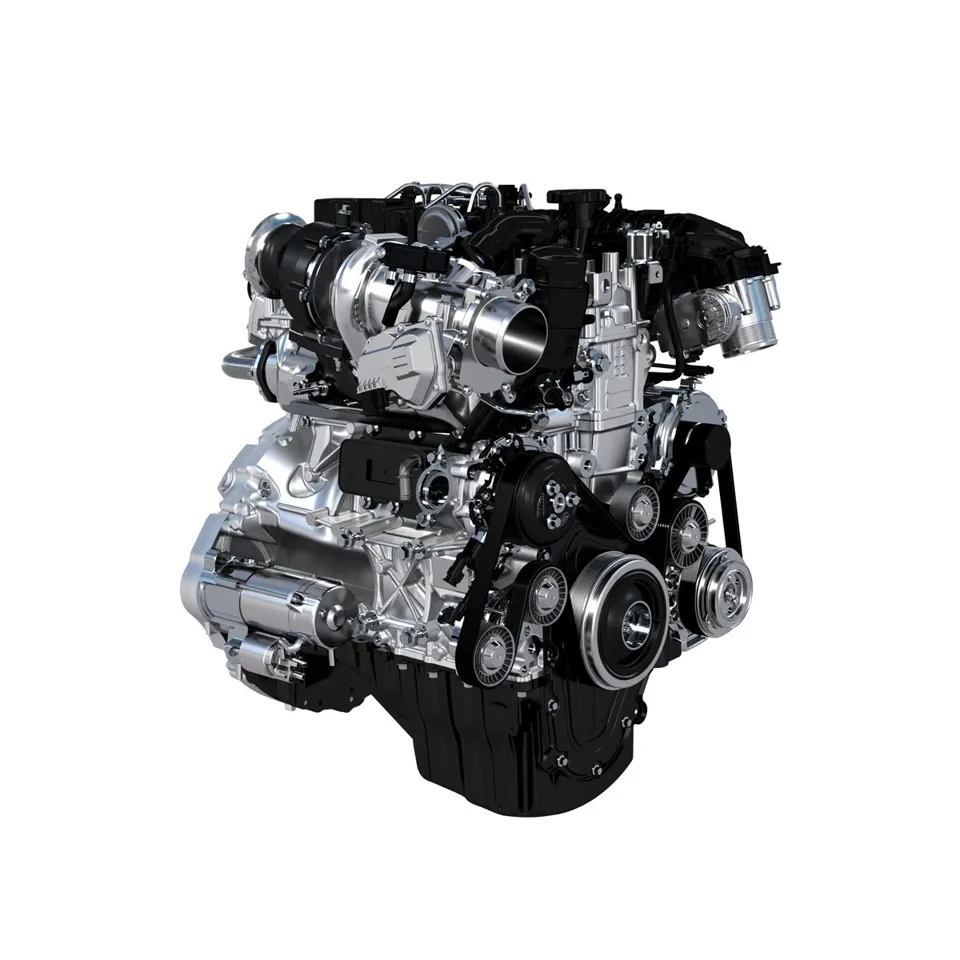Ingenium, the new engine range in development by Jaguar Land Rover, is expected to offer CO2 emissions below 100g/km when it arrives in the new XE next year.
The company has released technical details on the new engine line up - the first of which to go on sale being a 2.0-litre diesel.
The line-up is set to replace the current Ford-supplied engines used across the company, and will be built in JLR's new Wolverhampton engine plant, due to open in January 2015.
The range is built upon lightweight aluminium blocks, for both diesel and petrol variants. The cylinders are designed to be scalable to create smaller or larger engine capacity.
The company says the modular design enables both petrol and diesel engines to share many common internal components and calibration strategies. This reduces complexity, raises quality and simplifies manufacturing, and allows Jaguar Land Rover to react more quickly to changes in global demand.
“Customers around the world are increasingly demanding cleaner-running, more efficient vehicles that maintain or even enhance the performance attributes expected of a rugged all-terrain vehicle or a high performance car. Our Ingenium engines deliver this to a new level,” said Dr. Wolfgang Ziebart, Jaguar Land Rover group engineering director.
All Ingenium engines will be equipped with advanced and efficient turbochargers, central direct high-pressure fuel injection, variable valve timing and start-stop technology. In cases, the firm says the engines are 80kg lighter than the existing equivalent.
Durability testing included more than 72,000 hours of dyno testing and 2 million miles of real-world testing to ensure these engines deliver – and continue to deliver.
“Ingenium fulfils our commitment to offer our global customers some of the most advanced powertrains available in some of the lightest vehicles in the premium SUV and performance car segments,” said Ron Lee, Jaguar Land Rover Director of Powertrain Engineering.
“Being configurable and flexible are the two key strands of Ingenium’s DNA because we have future-proofed our new engines from the outset. Ingenium will be able to accept new advances in fuel, turbocharging, emissions, performance and electrification technologies when they are ready and accessible to be deployed.
“We were able to design Ingenium in this way because we had the rare opportunity to start the project with a clean sheet of paper. We weren’t locked into any of the usual restrictions that force engineering compromises because we had no existing production machinery that would dictate design parameters, no carryover engine architectures to utilise and no existing factory to modify,” said Lee.

















Login to comment
Comments
No comments have been made yet.